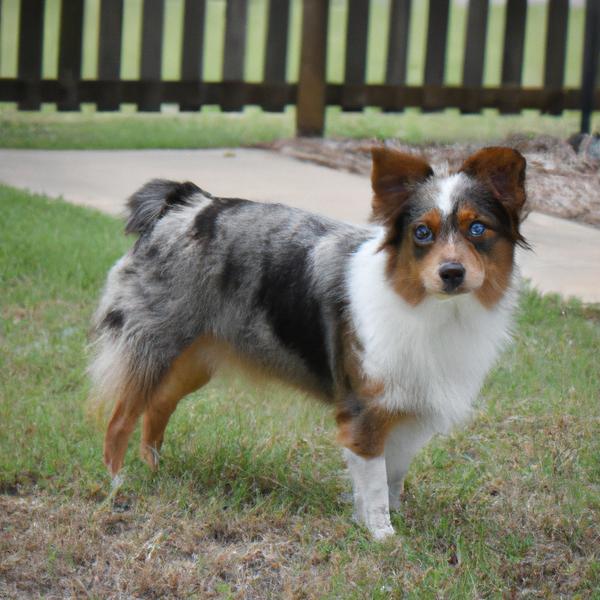Mini Australian Shepterrier vs. Afghan Retriever: Breed Differences and Similarities
Hypoallergenic
Are Mini Australian Shepterriers or Afghan Retrievers hypoallergenic, or neither?
Unfortunately, neither Mini Australian Shepterrier nor Afghan Retriever are hypoallergenic, which may not make them the best choice for dog lovers who suffer from pet allergies.
Temperament
What are the personalities of Mini Australian Shepterrier and Afghan Retriever dogs?
Active
Loving
Protective
Alert
Courageous
Intelligent
Friendly
Affectionate
Loyal
Outright
Tempered
Good-natured
Companionable
Spirited
Aloof
Dignified
Independent
Clownish
Happy
Intelligent
Confident
Friendly
Reliable
Kind
Trustworthy
Shedding Level
Do Mini Australian Shepterriers shed more than Afghan Retrievers, or which breed sheds more, Mini Australian Shepterriers or Afghan Retrievers?
Mini Australian Shepterriers are low shedding dogs, requiring minimal coat care.
Afghan Retrievers are moderate shedders, but regular brushing can reduce shedding and maintain coat health.
Watchdog Ability
Which dog breed makes a better watchdog, the Mini Australian Shepterrier or Afghan Retriever?
Avoid Mini Australian Shepterriers as watchdogs - they're not effective.
Afghan Retrievers are decent watchdogs - they'll alert their owner if something seems amiss.
Origin
What is the origin of Mini Australian Shepterrier and Afghan Retriever dog breeds?
United States
United States
Ancestry
What are the origins of Mini Australian Shepterrier and Afghan Retriever breeds?
Australian Terrier, Miniature Australian Shepherd
Afghan Hound and Golden Retriever
Breed recognition
Which kennel clubs recognize/register Mini Australian Shepterrier and Afghan Retriever?
ACHC = American Canine Hybrid Club
DDKC = Designer Dogs Kennel Club
DRA = Dog Registry of America, Inc.
DBR = Designer Breed Registry
DRA = Dog Registry of America, Inc.
Date of Birth
When were Mini Australian Shepterrier and Afghan Retriever breeds first developed?
2000s
Unknown
Eye Color Possibilites
What are the eye colors of Mini Australian Shepterrier and Afghan Retriever dogs?
Blue
Hazel
Brown
Amber
Brown
Nose Color Possibilites
What are the natural nose colors of Mini Australian Shepterrier and Afghan Retriever?
Black
Brown
Black
Coat Color Possibilites
What are the natural colors of the coat for Mini Australian Shepterrier and Afghan Retriever breeds?
Blue
Red
Black
Silver
Brindle
Fawn
Black
Brown
Red
Cream
Fawn
Coat Length
What is the typical coat length for Mini Australian Shepterrier and Afghan Retriever breeds?
Mini Australian Shepterriers are known for their coat length.
Afghan Retrievers have longer coats compared to most dogs.
Coat Density
What is the density of the coat of Mini Australian Shepterrier and Afghan Retriever?
Coat Texture
What is the hair texture of Mini Australian Shepterrier and Afghan Retriever?
Straight
Litter Size
What is the usual litter size for Mini Australian Shepterrier and Afghan Retriever?
A Mini Australian Shepterrier can have a litter of 3-6 puppies on average. However, it's worth noting that the size of the litters can vary greatly. Factors that can influence litter size include the health of the mother, breeding history, and genetics.
An Afghan Retriever can have a litter of 5-10 puppies on average. However, it's worth noting that the size of the litters can vary greatly. Factors that can influence litter size include the health of the mother, breeding history, and genetics.
Adaptability
Mini Australian Shepterrier and Afghan Retrievers are known for their adaptability and versatility. They are capable of adapting well to a wide range of lifestyle changes and living environments, making them great companions for families and individuals of all lifestyles.
Health Issues
Between Mini Australian Shepterrier and Afghan Retriever, which breed is more prone to health problems?
The Mini Australian Shepterrier and Afghan Retriever breeds are commonly healthy with low vet costs, regular check-ups may not be as necessary but it's important to keep an eye on their health and have them checked by a veterinarian when needed.
Major Concerns
What are the major health concerns for Mini Australian Shepterrier and Afghan Retriever breeds?
Canine Hip Dysplasia
Entropion
Elbow Dysplasia
Retinal Dysplasia
Hip Dysplasia
Minor Concerns
What minor health issues should be kept in mind when owning Mini Australian Shepterrier and Afghan Retriever?
Progressive Retinal Atrophy
Retinal Dysplasia
Cataracts
Bloat
Histiocytosis
Occasional Tests
What occasional tests are recommended for Mini Australian Shepterrier and Afghan Retriever breeds?
Optical Examination
Blood And Urine Analysis
Regular Full Physical Examination By Veterinarian
Eye Examination
Blood Analysis
Complete Physical Examination
Allergy Testing
Hip and Elbow X-rays
Energy
How do the energy levels of Mini Australian Shepterriers and Afghan Retrievers compare?
For those who lead a balanced lifestyle, Mini Australian Shepterrier and Afghan Retriever breeds may be a good choice as they have an average energy level.
Social Needs
Mini Australian Shepterrier vs Afghan Retriever social needs comparison
Mini Australian Shepterrier and Afghan Retriever have above average social needs compared to other breeds. They thrive in environments where they have a lot of interaction with humans and other dogs.
Exercise Needed
Mini Australian Shepterrier vs Afghan Retriever exercise need comparison.
Mini Australian Shepterriers need only a small amount of physical activity, ideal for busy or elderly people or those with limited space.
Afghan Retrievers need high physical activity and are ideal for active individuals, but not suitable for sedentary lifestyles or small apartments.
Sleeping Need
Which of the two sleeps the most/least: Mini Australian Shepterrier or Afghan Retriever?
Mini Australian Shepterrier and Afghan Retriever are active dogs that may not require as much sleep as other breeds. However, they still need enough sleep to stay healthy.
Tendency to Bark
Do Mini Australian Shepterriers or Afghan Retrievers bark more/less frequently?
Mini Australian Shepterriers are typically quiet and only bark when needed, such as to alert their owner or when in distress.
Afghan Retriever dogs are generally less vocal than other breeds and only bark when necessary, such as to alert their owner or communicate.
Mouthiness
Mouthiness Comparison: Mini Australian Shepterrier vs Afghan Retriever?
Roaming urge
Mini Australian Shepterrier vs Labrador: Running away tendency?
Prey Drive
Mini Australian Shepterrier or Afghan Retriever - which breed has a higher level of prey drive?
Activity Level
Which breed has higher energy, Mini Australian Shepterriers or Afghan Retrievers?
Mini Australian Shepterriers are high-energy dogs. They need mental as well as physical exercise. These dogs require a lot of your involvement and without it they can, and will, become problematic dogs.
Afghan Retrievers are medium-energy dogs and typically enjoy socializing and playing casual or even sustained games of chase with other dogs. They may also have occasional periods of barking or racing around the house.
Tolerance of being left alone
Walks per Week
How many miles should Mini Australian Shepterrier or Afghan Retriever walk each week?
There's really no limit to how far you walk your dog as long as they're comfortable. For Mini Australian Shepterrier, it's at least 14 miles / week. Just remember to build distance and stamina gradually over time.
There's really no limit to how far you walk your dog as long as they're comfortable. For Afghan Retriever, it's at least 12 miles / week. Just remember to build distance and stamina gradually over time.
Activity per Day
Do Mini Australian Shepterriers or Afghan Retrievers require more exercise?
In general most Mini Australian Shepterriers usually need at least 90 minutes of exercise daily. This can be spread across the day and include all sorts of high-energy activities, like walking, running and playing.
In general most Afghan Retrievers usually need at least 60 minutes of exercise daily. This can be spread across the day and include all sorts of high-energy activities, like walking, running and playing.
Grooming
Which breed is easier to maintain in terms of grooming, Mini Australian Shepterriers or Afghan Retrievers?
The Mini Australian Shepterrier requires an average amount of grooming compared to other breeds.
Afghan Retrievers require significant grooming, including regular trims and professional grooming assistance to maintain their coat. They may also require frequent bathing to keep their coat and skin healthy.
Brushing Frequency
What is the recommended brushing frequency for Mini Australian Shepterrier and Afghan Retriever dogs?
Mini Australian Shepterrier and Afghan Retriever should be brushed at least once a week. Of course, you can give them more frequent brushes if you find that they are still shedding a lot.
Brushing Tools
What brushing tools are used for Mini Australian Shepterriers and Afghan Retrievers?
Pin Brush
Slicker Brush
Deshedder
Nail Clipper
Pin Brush
Comb
Deshedder
Nail Clipper
Cups
How much food should be given to Mini Australian Shepterrier or Afghan Retriever in cups?
For an average 15-35 pound (7 - 16 kg) Mini Australian Shepterrier feed 2 cups daily. But, keep in mind, the amount you feed is going to be dependent on the quality of the food you are feeding.
For an average 55-70 pound (25 - 32 kg) Afghan Retriever feed 3 cups daily. But, keep in mind, the amount you feed is going to be dependent on the quality of the food you are feeding.
Daily Cost
Which breed has a higher daily cost, Mini Australian Shepterrier or Afghan Retriever?
The average cost of a Mini Australian Shepterrier is somewhere $1.70 - $2.00 per day.
The average cost of an Afghan Retriever is somewhere $2.10 - $2.70 per day.
Monthly Cost
Which breed has a higher monthly cost, Mini Australian Shepterrier or Afghan Retriever?
The average per month expenses of a Mini Australian Shepterrier is between $35 - $49. This makes an average of $420 - $588 per year. It will be on the higher side when the dog is still small because it will need more frequent visits to the vet, shots.
The average per month expenses of an Afghan Retriever is between $55 - $73. This makes an average of $660 - $876 per year. It will be on the higher side when the dog is still small because it will need more frequent visits to the vet, shots.
Intelligence
Comparing Intelligence: Mini Australian Shepterriers vs Afghan Retrievers
Mini Australian Shepterrier and Afghan Retriever have average obedience intelligence, but they're also independent thinkers. This breed is known for having an exceptionally high IQ, which means they may get into trouble if left to their own devices.
Sensitivity Level
How do Mini Australian Shepterrier and Afghan Retriever compare in sensitivity?
These breeds are more sensitive than others and easily overwhelmed by new surroundings and people. Mini Australian Shepterrier and Afghan Retriever need gentle handling and a calm, stable home environment with positive reinforcement training.
Affection Dependance
Which is the more affectionate dog breed: Mini Australian Shepterrier vs Afghan Retriever?
Apartment Friendly
Which breed is more apartment-friendly: Mini Australian Shepterrier or Afghan Retriever?
Mini Australian Shepterriers are good apartment dogs as long as they get enough exercise and stimulation outside of the apartment.
The Afghan Retriever is a great apartment dog, thriving with sufficient exercise and time outside as part of their daily routine.
Child Friendly
Do Mini Australian Shepterriers or Afghan Retrievers have a friendlier temperament towards children?
The typical characteristics of Mini Australian Shepterrier and Afghan Retriever indicate that this breed of dog is an ideal companion for kids and makes them family pets. Their gentle and protective nature and calm mentality make them gel along quickly with the younger humans.
Senior-friendly
Which dog is more suitable as a pet for the elderly - Mini Australian Shepterrier or Afghan Retriever?
Cat Friendly
Do Mini Australian Shepterrier or Afghan Retriever breeds have a better compatibility with cats?
Mini Australian Shepterriers are somewhat cat friendly and can be trained to get along with cats.
Afghan Retrievers are average in their friendliness toward cats and tend to do well with them, especially if raised together.
Dog Friendly
Which breed is more sociable with other dogs: Mini Australian Shepterrier or Afghan Retriever?
Mini Australian Shepterriers are less friendly towards other dogs, but can improve with socialization.
Afghan Retrievers are friendly and active companions, and can be good family pets, though their friendliness towards other dogs may vary.
Pet friendly
How do Mini Australian Shepterrier or Afghan Retriever dogs interact with other pets?
Stranger Friendly
Which breed is more friendly with strangers: Mini Australian Shepterrier or Afghan Retriever?
Mini Australian Shepterriers are averagely friendly around strangers but benefit from early socialisation.
Afghan Retrievers are friendly but may bark at strangers, and training is easy due to their intelligence.
Playfulness
Which breed is more playful between Mini Australian Shepterrier and Afghan Retriever?
Mini Australian Shepterriers are very playful, so adopting an older one might be a better option for a more relaxed experience.
Afghan Retrievers are a playful breed that needs daily playtime to be happy.
Trainability
How do the trainability levels of Mini Australian Shepterriers and Afghan Retrievers compare?
The Mini Australian Shepterrier is highly intelligent and eager to please, making it a great choice for both novice and experienced dog owners due to its easy trainability.
Afghan Retrievers are popular for their ease of training and quick learning ability.
Compare Mini Australian Shepterrier with other breeds

Presa Dane
Mini Australian Shepterrier vs Presa Dane
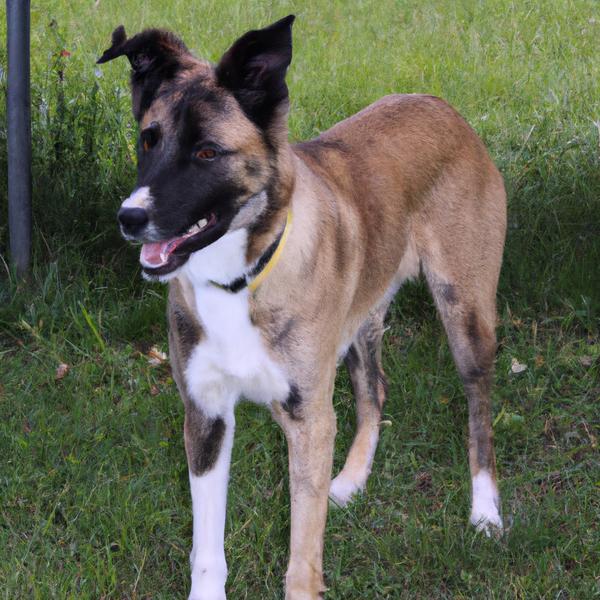
Cherokee Monarch
Mini Australian Shepterrier vs Cherokee Monarch

Pekepoo
Mini Australian Shepterrier vs Pekepoo
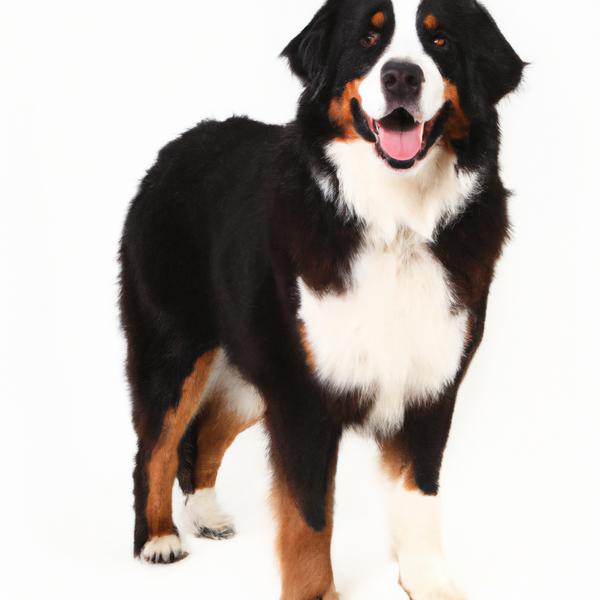
Bordernese
Mini Australian Shepterrier vs Bordernese
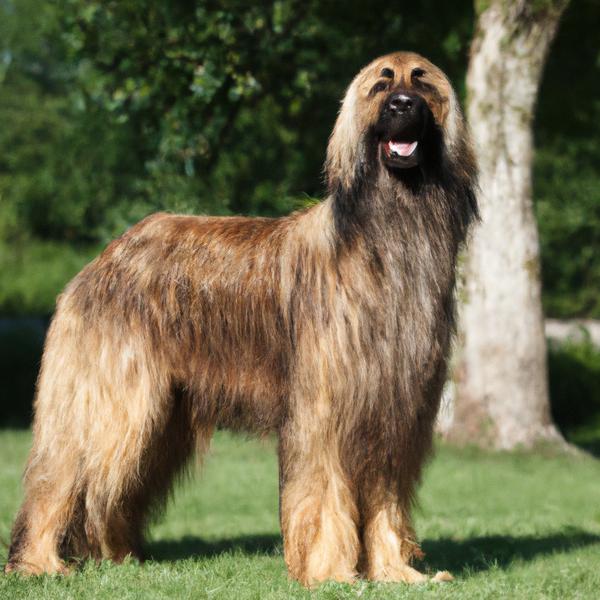
Afghan Retriever
Mini Australian Shepterrier vs Afghan Retriever
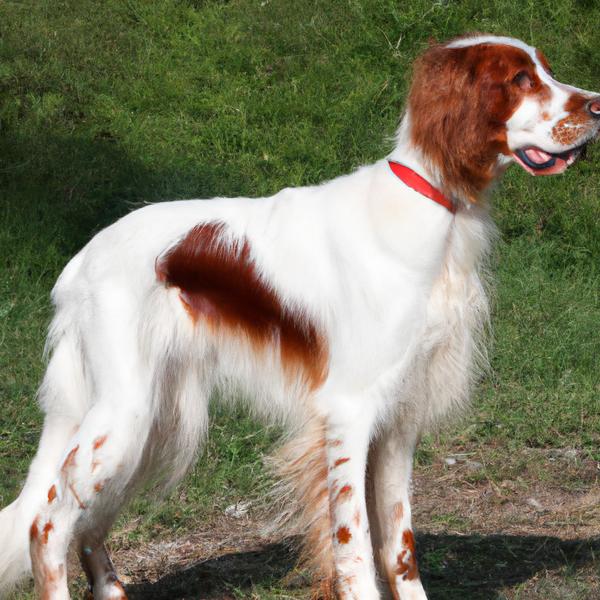
Irish Red and White Setter
Mini Australian Shepterrier vs Irish Red and White Setter

Griffichon
Mini Australian Shepterrier vs Griffichon
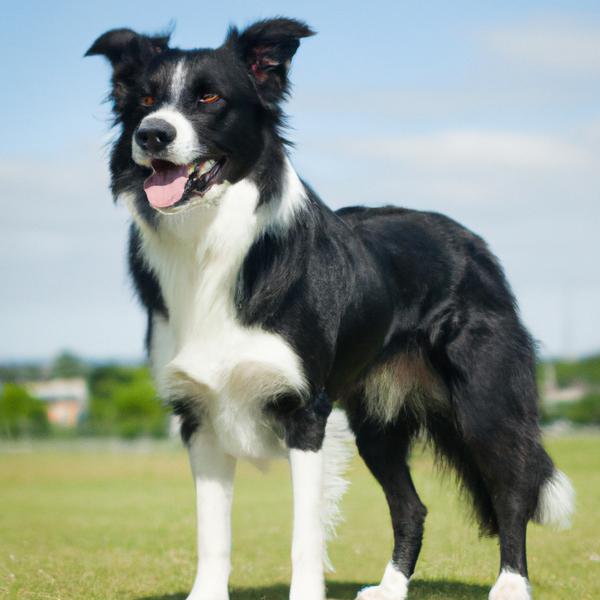
Border Schnollie
Mini Australian Shepterrier vs Border Schnollie
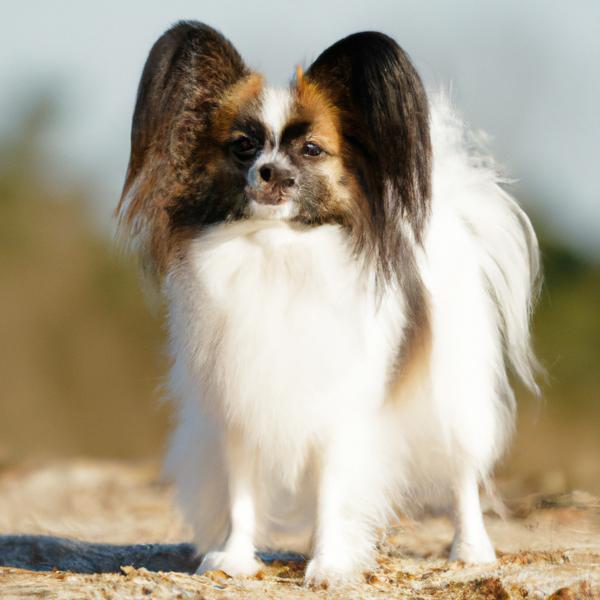
Japillon
Mini Australian Shepterrier vs Japillon
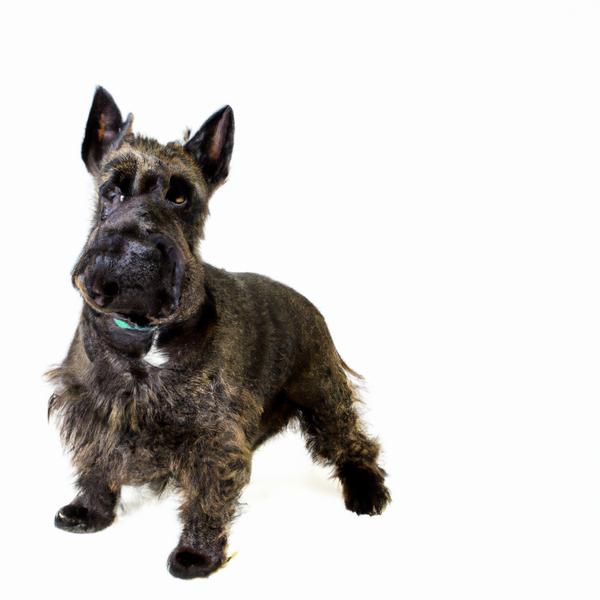
Scoland Terrier
Mini Australian Shepterrier vs Scoland Terrier

Kokoni
Mini Australian Shepterrier vs Kokoni

Bordeaux Pitbull
Mini Australian Shepterrier vs Bordeaux Pitbull
